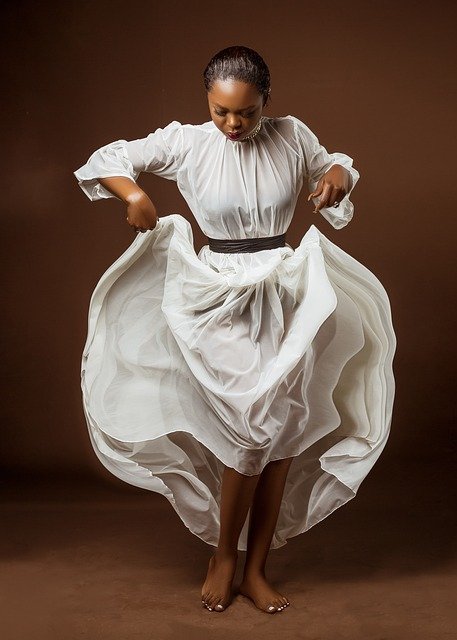
Sustainable Fashion: How to Build a Conscious Wardrobe
In recent years, the fashion industry has faced increasing scrutiny over its environmental and ethical practices. As consumers become more aware of the impact their choices have on the planet, sustainable fashion has emerged as a vital movement. Building a conscious wardrobe is not just about style; it’s about making choices that align with your values. Here’s how you can create a sustainable wardrobe that reflects your commitment to the environment and ethical practices.
1. Understand Sustainable Fashion
Sustainable fashion focuses on minimizing the negative impact of clothing on the environment and society. This includes considering the entire lifecycle of a garment—from production and use to disposal. Key principles include:
- Eco-friendly materials: Opt for organic, recycled, or biodegradable fabrics.
- Ethical production: Support brands that prioritize fair labor practices and safe working conditions.
- Longevity: Choose high-quality pieces that will last longer and reduce the need for frequent replacements.
2. Assess Your Current Wardrobe
Before you start building your sustainable wardrobe, take a moment to assess what you currently own. Ask yourself:
- What do I wear most often?
- Are there items that I haven’t worn in over a year?
- Which pieces are made from sustainable materials?
This will help you identify gaps in your wardrobe and areas where you can improve your sustainable choices.
3. Choose Quality Over Quantity
Invest in fewer, high-quality pieces rather than a large number of low-quality items. Look for timeless styles that won’t go out of fashion quickly. Consider brands known for their craftsmanship and sustainability efforts. Remember, a well-made garment can last for years, reducing the overall consumption of clothing.
4. Shop Second-Hand
Thrift shopping is a fantastic way to find unique pieces while reducing waste. Consider:
- Thrift stores: Explore local shops for hidden gems.
- Online resale platforms: Websites and apps like Depop, Poshmark, and ThredUp offer a wide variety of second-hand clothing.
- Clothing swaps: Organize or participate in clothing swap events with friends or community groups.
5. Support Sustainable Brands
When purchasing new items, seek out brands committed to sustainable practices. Research their materials, production processes, and labor policies. Some notable sustainable fashion brands include:
- Patagonia: Known for its eco-friendly materials and commitment to environmental activism.
- Everlane: Focuses on transparency in pricing and ethical production.
- Reformation: Offers stylish clothing made from sustainable fabrics.
6. Care for Your Clothes
Proper care can significantly extend the life of your garments. Follow these tips:
- Wash less often: Many clothes can be worn multiple times before needing a wash.
- Use cold water: This saves energy and is gentler on fabrics.
- Air dry: Whenever possible, skip the dryer to reduce energy consumption.
7. Recycle or Upcycle
When it’s time to part with a piece, consider recycling or upcycling rather than throwing it away. Many brands offer recycling programs, and you can also donate or sell items that are still in good condition. For damaged clothes, get creative and turn them into something new—like a tote bag or a patchwork quilt.
Conclusion
Building a sustainable wardrobe is a journey that requires thoughtful choices and a commitment to reducing your fashion footprint. By understanding sustainable fashion, assessing your current wardrobe, and making informed purchasing decisions, you can create a stylish collection that aligns with your values. Remember, every small step counts in the quest for a more sustainable future.
Join the conversation! Share your sustainable fashion tips and favorite brands in the comments below.

All images are taken from the Pixabay.com
Upvoted! Thank you for supporting witness @jswit.
Downvoting a post can decrease pending rewards and make it less visible. Common reasons:
Submit